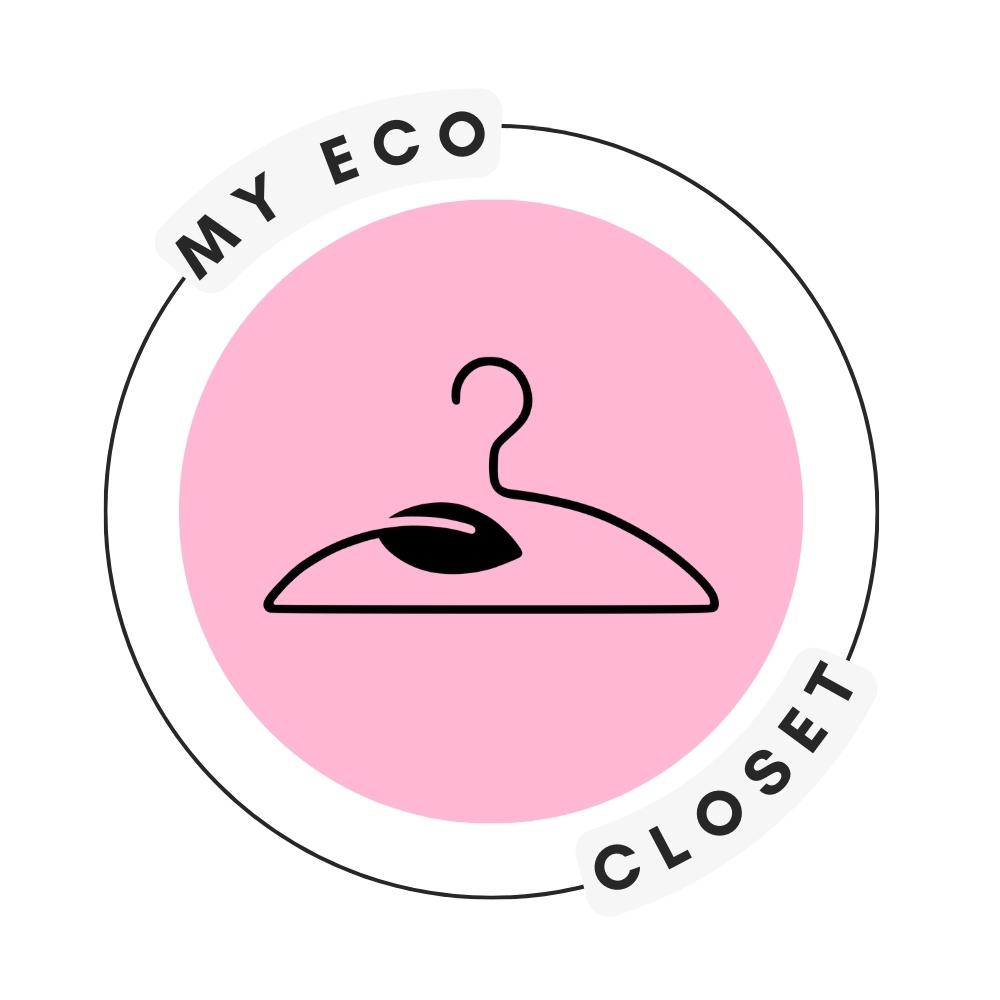Forget cotton – Tencel is the new sustainably-sourced fabric on the underwear scene. Made from tree pulp, Tencel (also called Lyocell) is ultra-smooth, soft, and breathable against the skin. But can it stand up to sweat and moisture in delicate areas? We’re here to explore the question, “is Tencel underwear breathable?”, delving into the breathability, comfort, and moisture-wicking aspects of the fabric.
Is Tencel Underwear Breathable? Our Verdict
Yes, Tencel underwear is moisture-wicking and breathable. Similar to natural fabrics like cotton, it boasts superior thermoregulation properties, making it a great choice for underwear. However, some Tencel fabrics may use synthetic dyes, which cause skin irritation. We recommend opting for undyed Tencel underwear to avoid this issue.

Tencel: Breathable, Moisture-Wicking, And Thermoregulating
In order to determine whether Tencel is breathable, we must look at its level of water permeability. Water permeability refers to the fabric’s capacity to let water to pass through, which affects the way the fabric regulates body temperature.
Textiles with high water permeability manage to draw moisture out from the body, preventing overheating and discomfort. This is especially important for underwear, as our intimate area is prone to sweating.
Remarkably, studies show that Tencel provides superior air and water permeability, meaning it can draw perspiration water through capillary absorption and ultimately, wick moisture. With its highly porous nature, it also dries fast, diffusing moisture vapor quickly, which enhances its moisture management capacities (Kim, 2020).
Opt for Underwear Made From Undyed Tencel
While Tencel underwear seems to be a great option, it’s important to be aware of some potential health concerns. Generally, the biggest threat lurking in underwear lies in synthetic dyes. Tencel uses less dyes than cotton, as it is highly absorbent. However, this doesn’t mean that it can’t be drenched in conventional, synthetic dyes.
The savvy solution? To ensure that your underwear is non-toxic, you can opt for undyed Tencel. Unlike cotton and other fabrics, undyed, raw Tencel is white in color, which eliminates the need for bleaching, hence, making the fabric safe for delicate areas.
Some sustainable stores sell undyed Tencel underwear on the market. These include:
- Tentree: Tentree blends undyed Tencel with organic cotton and elastane for a comfortable, eco-friendly underwear line.
- CloeCo: CloeCo utilizes OEKO-TEX certified, organic dyes on their plant-based Tencel basics, minimizing your exposure to toxic chemicals.
- Sanctuary Innerwear: Sanctuary Innerwear provides nightwear made from undyed Tencel that’s allergy-free.

Is Tencel Better Than Cotton for Underwear?
In terms of breathability and moisture-wicking properties, Tencel and cotton stand on the same level. However, the issue with conventional cotton is that it is often sprayed with chemical pesticides, fertilizers, and even bleach, with the latter purifying the cotton to achieve a crispy, white look. Undyed Tencel eliminates all of this, serving as a toxin-free option for underwear.
However, organic cotton, that is, cotton grown without the use of fertilizers or pesticides, can rival Tencel. Notably, it is typically more cost-effective than Tencel. And unlike regular Tencel, which may contain synthetic dyes, organic cotton incorporates natural and non-toxic dyes, such as water-based dyes that don’t contain heavy metals or GMOs.
To make it simple to understand, here’s a quick list of cotton vs Tencel materials for underwear – ranked from best to worst:
- Undyed Raw Tencel or Organic Cotton (best)
- Conventional, dyed Tencel
- Tencel-cotton blend
- Conventional Cotton (worst)
Durability of Tencel Vs Cotton
If you’d like your underwear to last, you should know that Tencel may offer better mechanical qualities than cotton. A study found that pure Tencel has better tensile strength, durability, air permeability, stiffness, and water vapor permeability, as compared to cotton or cotton-Tencel blends (Islam & Khan, 2022).
This means that Tencel can withstand more pulling force before breaking down, therefore, will suffer less wear & tear over time. Given that, it will likely hold up better compared to cotton alternatives, maintaining its shape for more wears before needing to be replaced.
The History of Tencel Lyocell
Have you heard of cellulose fabrics like rayon, cupro, or viscose? For many decades, these fabrics has polluted the environment and threatened the lives of garment workers – due to health hazards lurking in the so-called ‘viscose process.’
This chemically-intensive process in rayon production incorporates a toxic compound, carbon disulfide, classified as a “possible teratogen in humans” by the International Agency for Research on Cancer (IARC). Yet, this is not the whole picture. Rayon and its derivatives contain formaldehyde resins, and the wood pulp that they originate from needs to be bleached with chlorine-based agents. Overall, all the toxins involved in rayon production are enough to deduce that rayon is likely carcinogenic to humans.
So, to eradicate the viscose process on a large scale, experts long dreamt of finding a cleaner, safer alternative to rayon. Luckily, in the 1970s and 80s, scientists at companies like Eastman Kodak developed a new solvent called N-methyl morpholine-N-oxide or NMMO, which soon replaced the aforementioned carbon disulfide. Unlike viscose solvents, NMMO could dissolve cellulose in the absence of noxious chemicals.
Around 1982, the first pilot plant opened in the UK using NMMO to make regenerated cellulose fibers. The new process created a soft, sustainable staple fiber that was branded Tencel. A decade later in Austria, Lenzing perfected the technology and began commercial production of a similar fiber called Lyocell.

